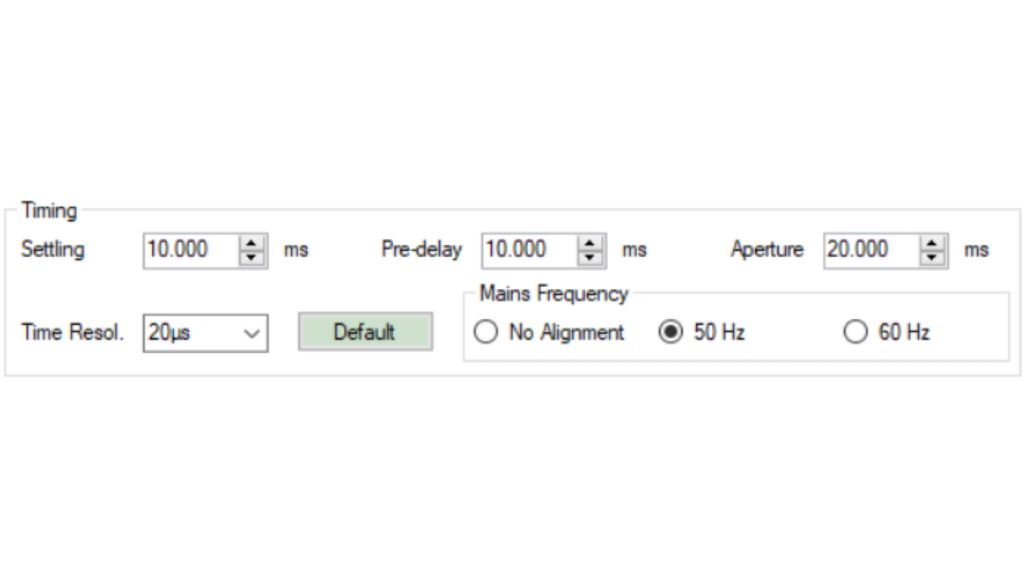I/V semiconductor characteristic curves with Rohde & Schwarz sweep tool
The sweep tool has several R&S®NGU source measure unit functions for characterizing semiconductors.

The sweep tool has several R&S®NGU source measure unit functions for characterizing semiconductors.


Your task
Semiconductor technologies such as diodes, light-emitting diodes (LED) and solar cells are constantly advancing. Understanding semiconductor characteristics is crucial. Combining current (I) and voltage (V) in an I/V curve is a common tool for determining the key properties of components or devices in an electronic circuit. Since there are many electronic devices, an endless number of parameters can be represented in an I/V curve. The following looks at three examples
Diode I/V curve
Diodes only allow current to flow in one direction. The flow is represented as a nonlinear I/V curve that reflects semiconductor PN junctions.
Solar cell I/V curve
Solar cells use sunlight to produce electricity. In the dark, a solar cell is basically a diode. A solar cell I/V curve on a sunny day reveals important properties, such as the maximum power point, open circuit voltage and short circuit current.
LED I/V curve
LEDs are diodes with PN junctions. The I/V curve for an LED is similar to a diode but with other valuable information about the impact of the forward voltage energy gaps and semiconductors on LED color.
R&S®NGU401/NGU201 source measure units can precisely measure current from the submicroampere to ampere range. A sweep tool provides source measure units and generates a voltage or current sweep with the arbitrary instrument function. Every 2 μs the SMU fast logging feature captures voltage and current values for each sweep step and plots the results in an I/V curve.
Cursors and multitrace
The plotted I/V chart has two cursors (X and O) per trace. The chart can have a maximum of 10 traces with different colors and cursors. Labels can be enabled and disabled next to each cursor, which is handy when moving a cursor along a trace to read the values. Cursor x and y values can also be read with the value strip on the right edge of the chart that also displays the x and y values from both cursors on all traces.
Configurable timing
The arbitrary function (QuickArb) in Rohde & Schwarz DC power supplies can specify variable source voltage and current settings as a function of time. Value pairs of voltage and current are stored together with a dwell time.
Timing configurations can be set with the sweep tab, including the settling time for the sweep step, the pre-delay and aperture. Time resolution can also be set to determine the fast logging sample rate for an acquisition.
Hum suppression
Hum noise can be suppressed when a low terminal is grounded. The R&S®NGU comes with a convenient jumper to connect the second low force terminal and ground terminal to the front panel. A sweep tool option can synchronize the acquisition time to an entire multiple of the mains frequency to further reduce hum in the results.
Summary
The R&S®NGU source measure units are an accurate and easy-to-use solution to precisely measure, log and analyze electrical characteristics. The sweep tool, arbitrary function and fast logging let the R&S®NGU to run precise I/V sweeps. The sweep tool can also be used with DC power supplies (R&S®NGM201/NGM202).

